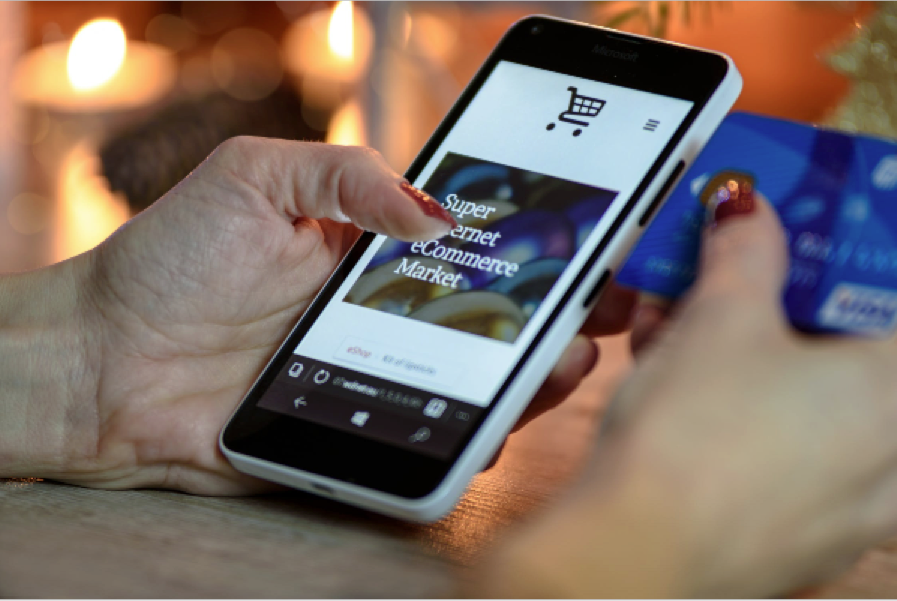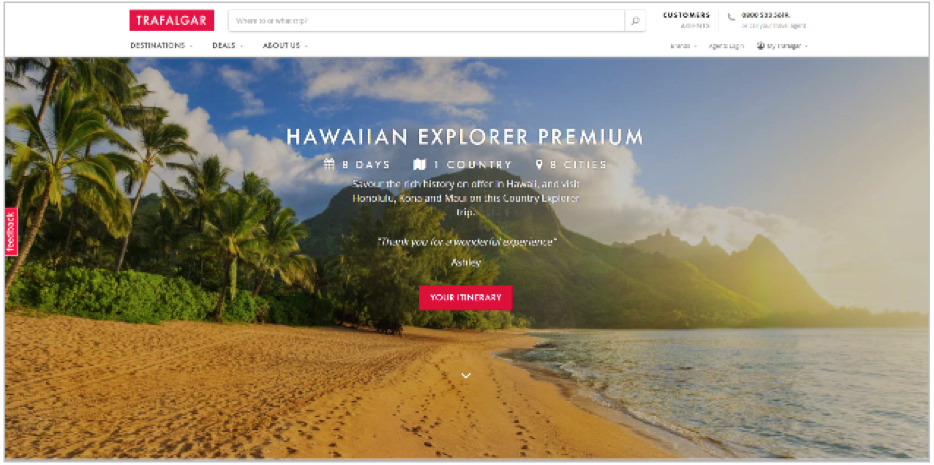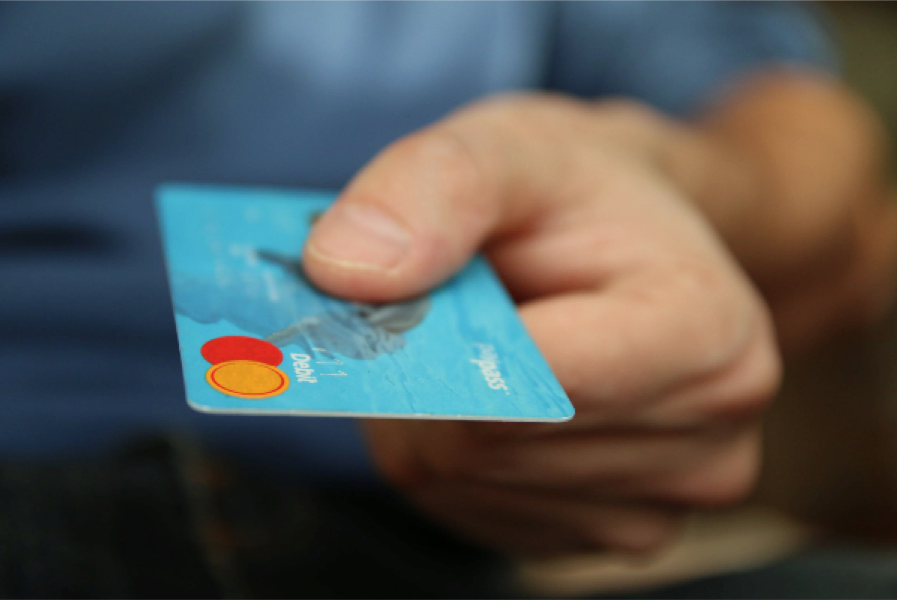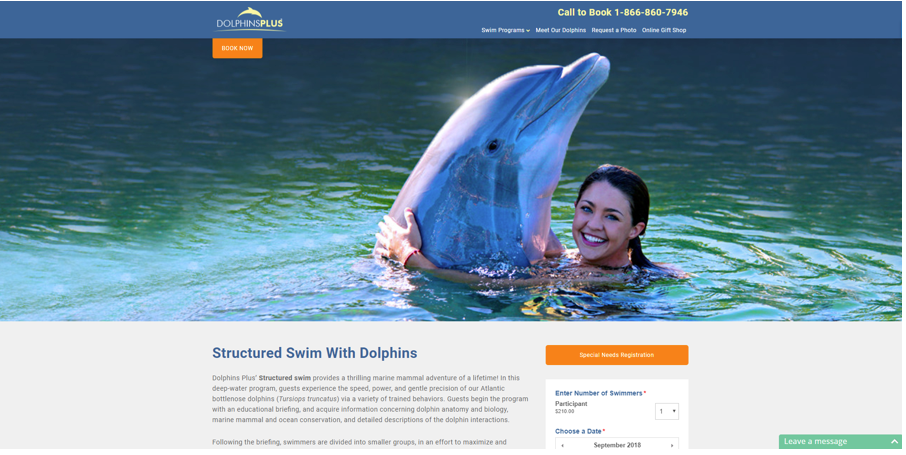Creating an excellent product landing page should be high up on your priority list when you’re designing your ecommerce site. The ecommerce world is extremely competitive and you need to make sure you’re in with a fighting chance of converting those visits into leads and sales.
Many online retailers miss out on successful conversions because they haven’t optimized their landing pages.
Doing this is crucial: if your would-be customers aren’t clicking on the ‘buy’ button, you’ve essentially wasted all of that time and money you’ve spent building traffic to your website.
There are a number of ways you can create the perfect landing page to ensure you are optimizing your conversion rates — have a look at our handy tips below to get started.







